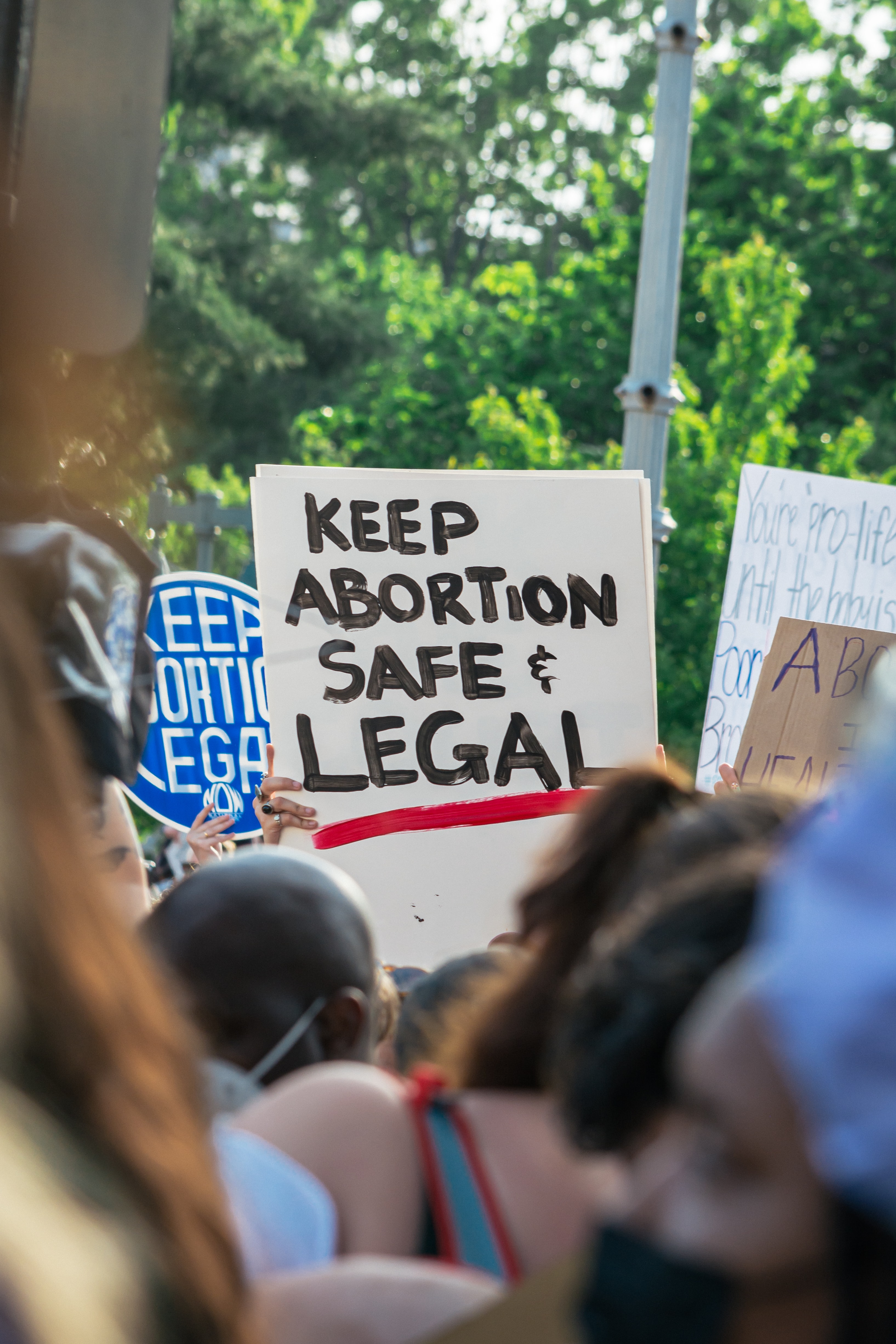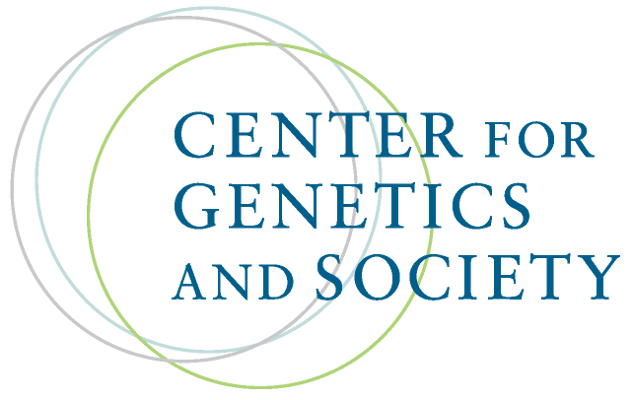A Preview of the Dangerous Future of Abortion Bans — Texas Senate Bill 8
By Whitney Arey, Ph.D et al.,,
The New England Journal of Medicine
| 06. 22. 2022
Photo by Gayatri Malhotra on Unsplash
When the U.S. Supreme Court issues its decision in Dobbs v. Jackson Women’s Health Organization, the abortion care landscape will most likely be changed for at least a generation. Even before a draft opinion was leaked, many experts anticipated that the Court would overturn Roe v. Wade, and nearly half the states are poised to ban or dramatically limit abortion care when that occurs.1 These state laws criminalizing abortion may allow for very narrow exemptions, and anyone who violates the law could be subject to civil penalties, criminal fines, or imprisonment.2
Health systems and clinicians planning their responses3 can look to Texas, where we have already witnessed the impact of strict abortion bans on the provision of evidence-based, essential health care for pregnant people. Since September 1, 2021, Texas Senate Bill 8 (SB8) has prohibited abortions after the detection of embryonic cardiac activity, which occurs around 6 weeks after a person’s last menstrual period. After that point, SB8 allows abortions only in physician-documented medical emergencies. Anyone suspected of violating...
Related Articles
By staff, Japan Times | 12.04.2025
Japan plans to introduce a ban with penalties on implanting a genome-edited fertilized human egg into the womb of a human or another animal amid concerns over "designer babies."
A government expert panel broadly approved a proposal, including the ban...
By David Jensen, The California Stem Cell Report | 12.11.2025
California’s stem cell and gene therapy agency today approved spending $207 million more on training and education, sidestepping the possibility of using the cash to directly support revolutionary research that has been slashed and endangered by the Trump administration.
Directors...
By Carter Sherman, The Guardian | 12.08.2025
A huge defense policy bill, revealed by US lawmakers on Sunday, does not include a provision that would have provided broad healthcare coverage for in vitro fertilization (IVF) for active-duty members of the military, despite Donald Trump’s pledge...
By Frankie Fattorini, Pharmaceutical Technology | 12.02.2025
Próspera, a charter city on Roatán island in Honduras, hosts two biotechs working to combat ageing through gene therapy, as the organisation behind the city advertises its “flexible” regulatory jurisdiction to attract more developers.
In 2021, Minicircle set up a...




